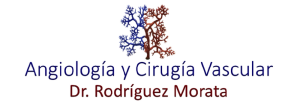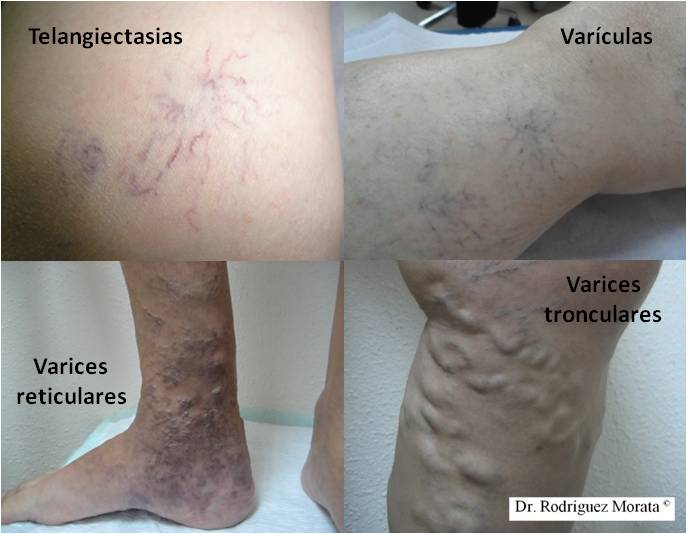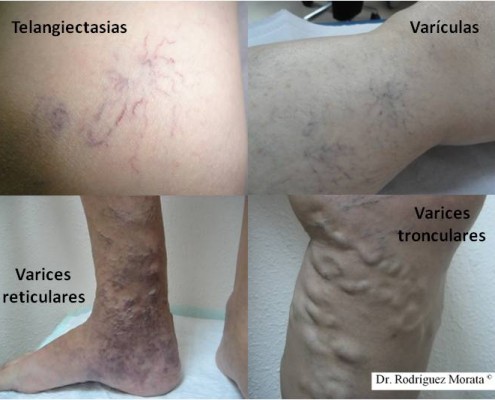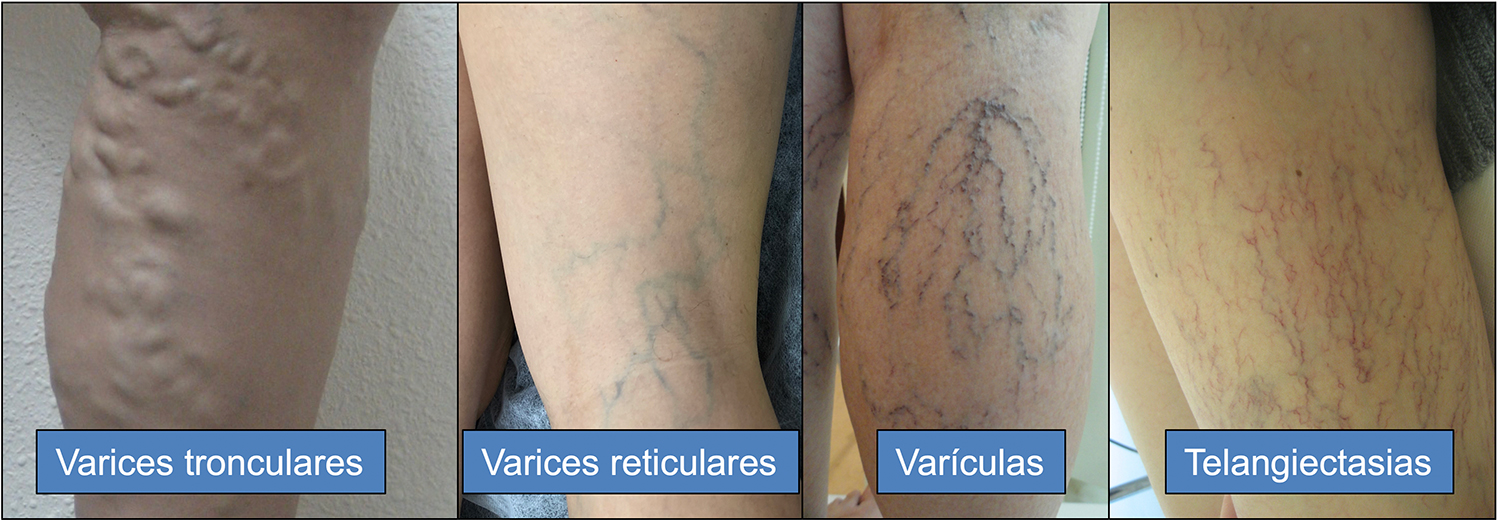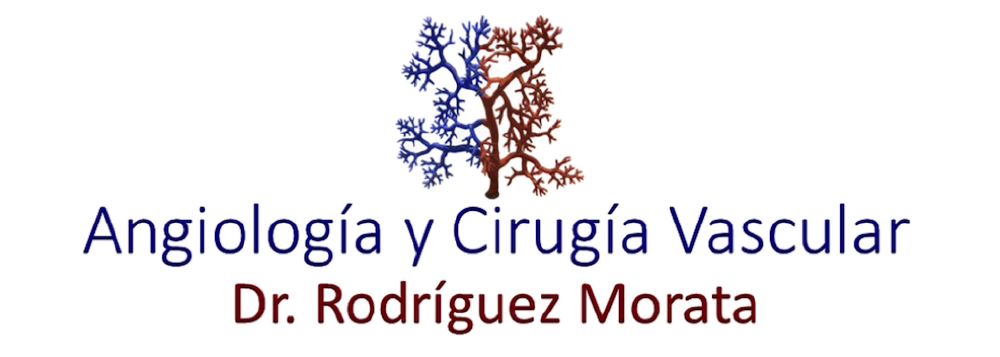This website uses cookies so that we can provide you with the best user experience possible. Cookie information is stored in your browser and performs functions such as recognising you when you return to our website and helping our team to understand which sections of the website you find most interesting and useful.
VARICOSE VEINS
Description
What are varicose veins?
Las varices son dilataciones de las venas superficiales de las piernas, que funcionan de manera anormal y no conducen la sangre correctamente hacia el corazón. Se trata de una de las patologías más frecuentes en las personas adultas, ya que hasta un 40% de ellas puede tener algún tipo de varices.
En las piernas existe un Sistema Venoso Profundo, que conduce el 90% del flujo sanguíneo de retorno y un Sistema venoso Superficial, que lleva el 10% restante. Existen numerosas comunicaciones entre ambos sistemas (Venas Perforantes). Todos estos sistemas están perfectamente comunicados y cuando eliminamos con el tratamiento las venas enfermas, varicosas, la sangre se redistribuye de inmediato a venas sanas que asumen perfectamente la circulación de retorno, sin reflujo ni insuficiencia, y mejora la circulación de esa extremidad intervenida.
Cuando decimos que una vena es insuficiente nos referimos a que las válvulas que tiene en su interior (para impedir que la sangre que va ascendiendo pueda retroceder) no funcionan correctamente. Las venas insuficientes con el paso de los años se dilatan, se vuelven tortuosas y la sangre deja de circular correctamente, pues estas válvulas no coaptan bien y la sangre retorna hacia el sentido contrario. Cuando hablamos de varices, por tanto estamos simplificando o abreviando un problema mayor, denominado Insuficiencia Venosa Crónica, del sistema venoso superficial.
What problems may varicose veins associate?
Sometimes they are only an aesthetic problem, or even may be asymptomatic, but most commonly they produce mild pain, tiredness sometimes extreme, itching, important limb heaviness, pigmentation and oedema (especially ankle inflammation).
However, if the varicose veins are troncular, of important calibre, overtime and without treatment, may complicate in three different ways: phlebitis (varicothrombosis), chronic skin ulcers and external haemorrhage due to small rubbings (varicorragia).
How do we treat varicose veins?
For a good treatment it is essential to distinguish not only the cause but also the extent of the Venous Insufficiency. We can find primary causes (Essential Varicose Veins) or secondary ones to pathologies such as Deep Vein Thrombosis, Venous Malformations, Traumatic, Compressive, Pelvic Venous Insufficiency, etc.
To know the cause will help us to treat a specific pathology properly and to know if you will benefit from one technique or another (conservative measures, treatment with sclerotherapy, or any particular surgical technique).
Depending on the varicose veins calibre and patient characteristics, varicose veins may be treated with a wide range of different techniques and some of them combinable with each other: classical Surgery (saphenectomy), hemodynamic Surgery (CHIVA type Surgery), endovenous Laser ablation, Radiofrequency ablation, Sealing with cyanoacrylate (VenaSeal) simple Phlebectomy, Sclerotherapy with microfoam, mechanical-chemical ablation, percutaneous laser, etc. The fact that there are so many techniques for the same health problem is because, as in other circumstances, each of them provide different advantages but may count with some inconvenient. Therefore, here and as in so many other health problems, each patient needs to be assessed and treated with the most appropriate one for each case.
The most modern and safe techniques of all of these are certainly Thermal Ablation using Radiofrequency and chemical sealing with cyanoacrylate (VenaSeal). In both cases a very fine catheter is inserted by puncture in the incompetent saphenous vein (internal or external) and is guided using ultrasound towards the origin area of the insufficiency, usually in the saphenous arch in the inguinal area. A safety margin is set up depending on the technique and from that level the vein is being eliminated either with heat (radiofrequency) or by adhesion (VenaSeal). We can give or not tumescent anaesthesia depending on the case around the saphenous vein to confer greater safety to the process. Simple phlebectomy or sclerotherapy can be added to that technique using foam to eliminate the rest of the limb varicose veins.
Sometimes varicose veins can be treated in isolation, as we have previously mentioned, by sclerosis or Sclerotherapy (also called phlebosclerosis), which consists in injecting a substance (foam or microfoam with polidocanol) inside the varicose vein, which produces an inflammation and closes it to blood flow. According to the type and number of veins more or less sessions will be needed. The varicose veins we treat only with sclerotherapy are commonly the smaller size ones (spider veins or telangiectasias, varicules and reticular varicose veins). The ones with bigger calibre (troncular varicose veins) are reserved for surgery (phlebectomy) although in selected cases (venous ulcers and varicorragia for example) can be also treated with sclerotherapy (guided in this case with Doppler ultrasound).
To improve the result in varicose veins sclerosis we use a transilluminator which emits infrared light and highlights the deepest veins which are responsible of the spider vein web and scleroses with more accuracy.
The result improves in many occasions also with the help of elastic stockings of moderate or firm compression, which improve orthostatic venous overload (sitting or standing position for too many hours) and stop the occurrence of other varicose veins as well as the development of the ones the patient already has. Some types of phlebotonic medication may likewise be useful to improve chronic venous insufficiency symptoms.
